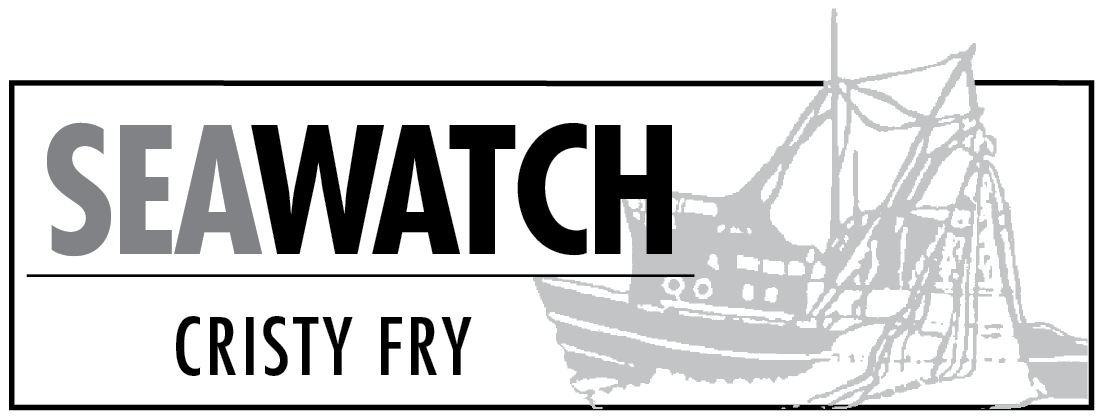There may finally be good news on the horizon for halibut fishermen, according to International Pacific Halibut Commission researcher Ian Stewart at IPHC’s interim meeting last week.
Stewart said that halibut are still growing more slowly than normal, their “size at age” is still under-performing for unknown reasons, but the drastic cuts from the past several years appear to be paying off.
“Several areas show improvement; compared to the status quo there would be three areas that would have a higher catch level at this year’s blue line relative to the adopted catch limit for 2014: 2C, 3A and 4A,” Stewart said.
That is if the commissioners go with what is known as the blue line, what formerly was called staff recommendations, at the annual meeting in January. Harvest increases for those areas would be slight:
• Area 2C, Southeast Alaska, 4.3 million pounds, up from 4.16 million pounds;
• Area 3A, central Gulf of Alaska, 10.12 million pounds, up from 9.43 million pounds
• Area 4A, eastern Aleutian Islands, 1.35 million pounds, up from 850,000 pounds.
The other areas would drop:
• Area 3B, western Gulf of Alaska, 2.46 million pounds, down from 2.84 million pounds;
• Area 4B, western Aleutian Islands, 720,000 pounds, down from 1.14 million pounds;
• Area 4CDE, 370,000 pounds, down from 1.29 million pounds.
The quotas for areas 2C and 3A include the portion set aside for charter boats under the catch share program, which was 840,000 pounds in 2C and 2.11 million pounds for 3A in 2014.
The commercial harvest in those areas were 3.32 million pounds and 7.32 million pounds respectively.
The commission went well outside of the blue line for 4CDE last year, raising it from the recommended 640,000 pounds after hearing from fishermen in the area about the financial devastation that would come from such a small quota, and they could very well do that this year.
Critics also noted that most of the halibut mortality in the Bering Sea is wasted as bycatch.
Total halibut mortality for 4CDE next year would come in at 5.23 million pounds under the blue line recommendations for all removals, including directed fishery, bycatch and wastage.
The annual meeting takes place in Vancouver, B.C., Jan. 26-30 at the Vancouver Pinnacle Downtown Hotel.
Meeting information and materials from the interim meeting can be found at iphc.int/home.
Cristy Fry can be reached at realist468@gmail.com.



